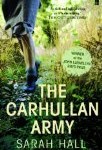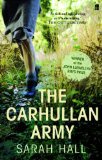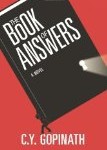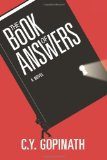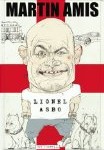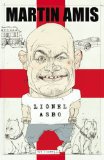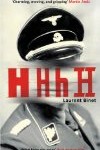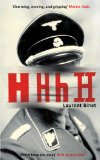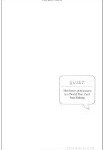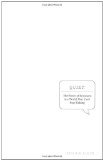Five words from the blurb: Nepal. children, volunteer, reunite, families
Earlier in the year I asked people to name their favourite narrative non-fiction books. Little Princes was mentioned by so many people that I felt I had to get a copy. Having read it I can see why they love it – Little Princes is an inspiring example of how much one person can achieve when they have the motivation and determination to do so.
Conor Grennan was twenty-nine-years-old when he realised he needed more excitement in his life. He quit his day job and decided to go travelling around the world for a year. In order to impress his friends he registered to volunteer at an orphanage in Nepal for the first three months, but once there he fell in love with the children and couldn’t abandon them. He has spent the rest of his life doing everything he can to help these vulnerable children, occasionally risking his life to do so.
I loved Conor’s honest, friendly approach to life. He made no attempt to hide the more selfish areas of his personality and it was wonderful to see his attitude to life change over the course of the book.
His writing was engaging throughout and packed with emotion.
If walking into the responsibility of caring for eighteen children was difficult, walking out on that responsibility was almost impossible. The children had become a constant presence, little spinning tops that splattered joy on everyone they bumped into. I would miss that, of course. But the deeper sadness, the deluge of emotion, came from admitting that I was walking out on them.
It was perfectly paced and I loved the way it was structured to ensure that the information was revealed slowly, creating a compelling narrative that hooked me throughout. I especially loved Conor’s trek into the mountainous area of Nepal. It reminded me of the fabulous book, Touching The Void, and I had my heart in my mouth throughout this section.
If I’m forced to criticise this book I’d say that it occasionally gets a bit too sentimental, but when faced with the joy of little children I guess that is hard to avoid and I’m willing to forgive it.
This book does a fantastic job of highlighting the problem of child trafficking in Nepal. It is heartwarming and inspiring.
Highly recommended.

.
The thoughts of other bloggers:
It made me laugh out loud and moved me to tears. S. Krishna’s Books
…the moving, memorable story of an unexpected hero in an unlikely place… The 3 R’s Blog
…a remarkable, heart-breaking and heart-warming book. The House of the Seven Tails


